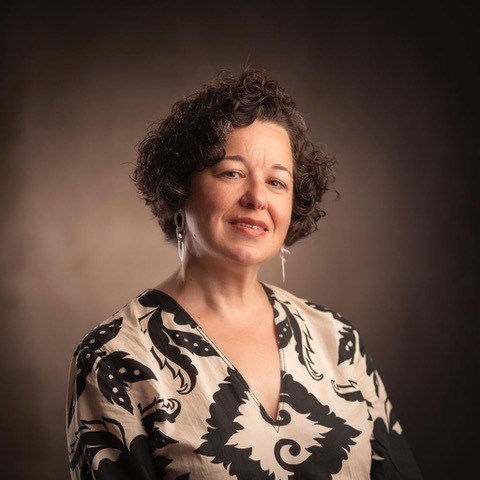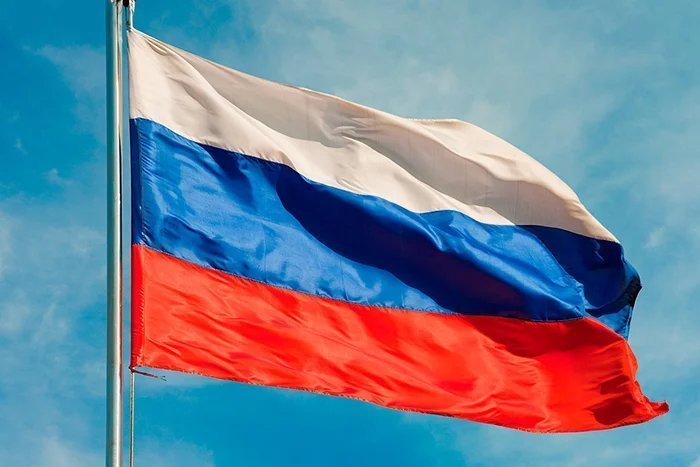Winston Churchill used to say that Russia “is a riddle wrapped in a mystery inside an enigma; but perhaps there is a key”. Understanding Russia might be difficult, but ignoring her is impossible. Not only because of recent dramatic events, but also because Western culture will be difficult to explain without Russian writers, musicians or artists. From the economic and geo-strategic point of view, the wealth of its natural resources and its strategic position between Europe and Asia are key in global markets. Historically, for more than three centuries now, Russia has always had the vocation of playing a decisive role in international politics and current event in Central Asia or Sub-Saharian Africa are also a statement to that endeavour. There have always been theories made about why Russia behaves the way it does, some with more grounds than others. None of them are to be ignored.
The present course aims at explaining, looking back into the past, the keys to understanding its present and possibly predicting its future. It is, therefore, not only a chronological parcours, but an in-depth analysis of five of the key aspects that challenge the understanding of Russia outside Russia.
Susana Torres Prieto
Susana Torres Prieto is Associate Professor of Humanities at IE University and Associate Researcher at the Harvard Ukraine Research Institute (HURI) where she directs the Digital Humanities Project `The Golden Age of Kyivan Rus´. After working for several years in the Spanish Foreign Office. She obtained her PhD `Doctor Europeus´ in Slavic Philology by Cambridge University and Universidad Complutense. She did her postdoctoral studies on history in Paris (EPHE) and on paleograhpy and codicology in the US (Ohio State University). Professor Torres has developed her academic and research career in the areas of Slavic and Medieval Studies. She has specialized on the literature and culture of Russia from the Middle Ages until now, as well as on the means and context of transmission of knowledge. She has taught in several universities in Spain and abroad. She is the author of several monographs and edited volumes, and of more than two dozen scholarly articles. She is also member of several scientific societies worldwide. Her research focuses on the ideas of power in the Middle Ages and their artistic representation, particularly in the different cultural models used in Eastern and Western Europe.

